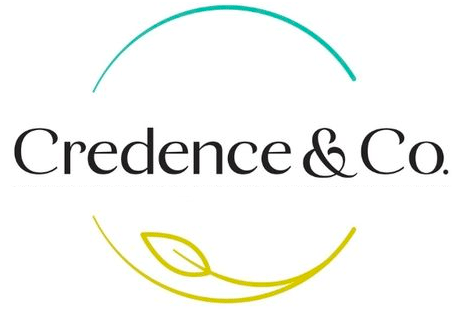Over the years, this newsletter has included numerous articles on the topic of equity, diversity, and inclusion (EDI). In theory, it is easy to support EDI initiatives – most of our readers want to live in a world where each person can thrive. Of course, putting EDI into practice is much more difficult. We come up against hard questions: How do people engage in hard conversations and ask tough questions of one another when those questions can be difficult to give and/or receive? What happens when one person’s experience of marginalization conflicts with another’s (different) experience of marginalization? When addressing these concerns, whose experience takes precedence? How do people who are committed to EDI remain in EDI conversations when the dialogue includes those who find talking about EDI challenging?
The future of EDI can feel discouraging. The conversation, which only a few years ago felt hopeful, now feels fraught with accusations, judgement, and conspiracy theories, and in some jurisdictions includes laws that reject EDI initiatives. How do we stay in conversation with one another? How do we walk the hard journey of change together, listening to and learning from one another while holding to a moral compass that opens space in our beings for the diversity in our world?

Several years ago, as I was sorting through these challenges, I sketched an image – a Venn diagram with three interlocking circles – to help me think about the nature of quality EDI conversations. I propose that each of these circles is important if EDI conversations are going to help our society to become more inclusive, more just, and more life-giving.

For ease, I have titled these three circles: justice, peace, and trauma. The justice circle represents the pursuit of truth and the willingness to work hard at remembering r current and historical injustices as we build a more equitable world. The trauma circle recognizes that being marginalized is traumatic. To address EDI, we must honour the lived experiences of those who experience marginalization. The peace circle declares that effective communication is critical if we hope to advance EDI themes, that we must remember one another’s humanity as we engage in tough EDI conversations. If living both justly and peaceably with one another is an end goal, then effective communication is key to achieving this goal.
Sometimes in our pursuit of EDI, we focus on just one or two of these circles while ignoring the others, negatively impacting our ability to truly work toward an equitable future. When we focus on only one of these circles, critical aspects of the EDI conversation are missing. The same is true when we focus on two rather than all three circles. Conversations that draw only from justice and peace, for example, stay theoretical and do not connect enough with the lived reality of marginalization to move from theory into practice. If EDI conversations allow for trauma and peace, honouring lived experiences in a manner that is kind and caring, but do not include justice, we have put salve on wounds but have not addressed the source of the wound. Finally, if we allow for trauma and justice but do not include peace and thoughtful conversation, we risk giving ourselves permission, in our pursuit of justice, to dehumanize the other, ultimately impeding our ability to create an equitable, diverse, and inclusive world.
In contrast, when our EDI conversations include all three circles of the Venn diagram, we:
make space for diversity (including diversity in communication styles), honour each other’s lived experiences, invite hard conversations about past and present injustices – and, remembering our end goal of EDI – commit ourselves to speaking in a manner that honours each other’s humanity, and that seeks to communicate in a manner that the other can hear us.
We need a society that is equitable, just, diverse, and inclusive. We need a society that enhances the ability of all to thrive, strengthens belonging, and produces more joy all around. At this time in history, we also need all minds and hands “on deck” – and the diversity of perspectives these minds bring – to address the questions our society is facing. To truly achieve this type of society, however, we must embrace each of the EDI Conversation Diagram circles: pursue justice, seek peace, and commit ourselves to listening to the lived experiences of those who have been marginalized.
